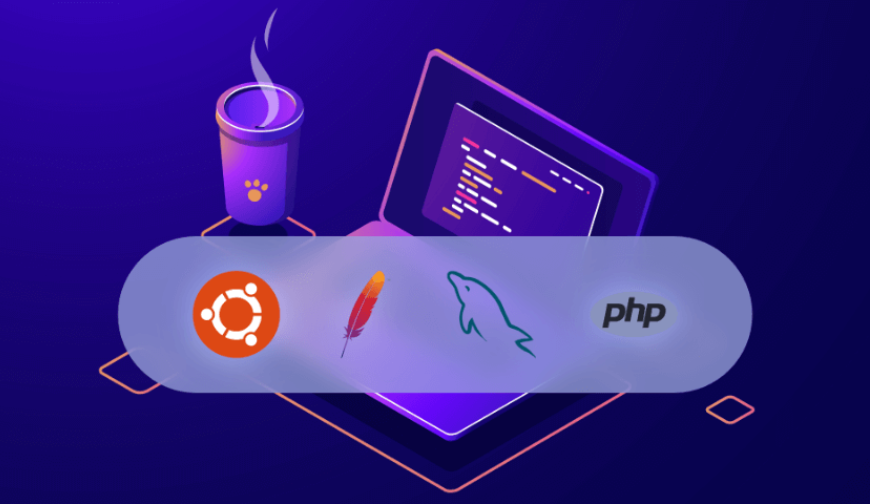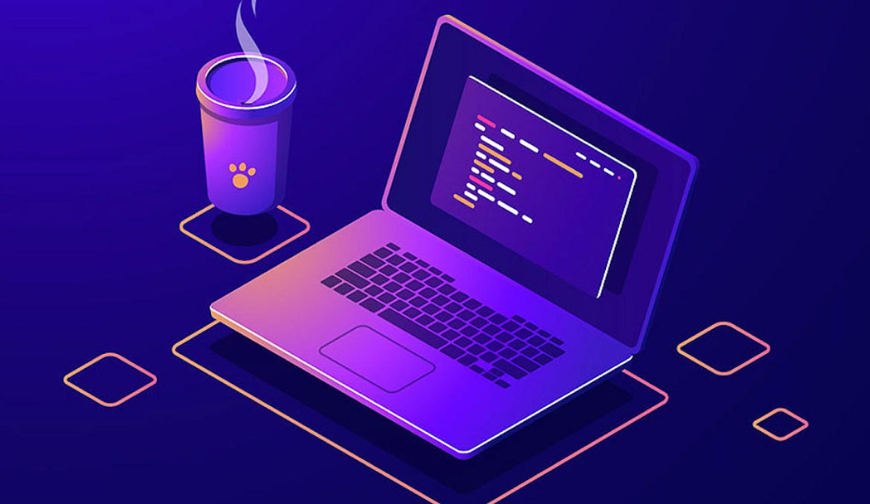LAMP Stack, an acronym for Linux, Apache, MySQL, and PHP, is a popular open-source web development platform. It provides a robust and scalable environment for building dynamic web applications. Each component plays a vital role in the functionality and performance of web applications.
What is LAMP Stack?
LAMP Stack comprises:
- Linux: The operating system providing the foundation for the stack.
- Apache: The web server software responsible for serving web pages over the internet.
- MySQL: A relational database management system (RDBMS) used for storing and managing application data.
- PHP: A server-side scripting language used for developing dynamic web pages and applications.
Setting Up the Environment
Setting up a LAMP environment involves installing each component individually and configuring them to work together seamlessly.
Choosing a Linux Distribution
There are various distributions of Linux available, such as Ubuntu, CentOS, and Debian. Choose one that aligns with your preferences and requirements.
Installing Apache Web Server
Apache is one of the most widely used web servers globally. Install Apache on your Linux distribution using package managers like apt or yum.
Installing MySQL Database
MySQL is renowned for its reliability and performance. Install MySQL server and client packages to set up the database.
Installing PHP
PHP is integrated with Apache through modules. Install PHP and necessary modules to enable server-side scripting.
Creating a Simple Web Application
Once the environment is set up, you can start developing web applications using LAMP Stack.
Designing the Application
Plan the structure and features of your web application. Consider user interface design, database schema, and functionality requirements.
Setting Up the Database
Create a MySQL database and define tables according to your application’s data model. Establish connections between your application and the database.
Writing PHP Code
Write PHP scripts to handle user requests, process data, and generate dynamic content. Utilize PHP frameworks like Laravel or CodeIgniter for efficient development.
Integrating with Apache
Configure Apache to handle PHP scripts correctly. Set up virtual hosts and directory permissions as per your application’s needs.
Securing Your Web Application
Security is paramount for web applications to protect against vulnerabilities and attacks.
Configuring Firewall
Use firewall tools like iptables to restrict access to your web server and only allow necessary traffic.
Using HTTPS
Encrypt data transmission between the server and clients using HTTPS protocol. Obtain SSL certificates from trusted sources to enable secure connections.
SQL Injection Prevention
Employ parameterized queries and input validation techniques to prevent SQL injection attacks on your MySQL database.
Scaling Your Web Application
As your web application grows, you may need to scale its infrastructure to handle increased traffic and user load.
Load Balancing
Implement load balancers to distribute incoming traffic across multiple servers, ensuring optimal performance and availability.
Caching Techniques
Utilize caching mechanisms like Memcached or Redis to store frequently accessed data and reduce database load.
Database Optimization
Optimize database queries, indexes, and configurations to improve query performance and scalability.
Monitoring and Maintenance
Regular monitoring and maintenance are essential to keep your LAMP-based web application running smoothly.
Logging and Monitoring Tools
Use logging tools like syslog or ELK stack to monitor server activities and troubleshoot issues proactively.
Regular Updates and Backups
Keep your software components up to date with security patches and bug fixes. Implement regular backups to prevent data loss in case of failures.
Performance Tuning
Fine-tune your server configurations, database settings, and application code to optimize performance and resource utilization.
Conclusion
Developing web applications with LAMP Stack offers a powerful and flexible solution for modern web development needs. By following this step-by-step guide, you can create secure, scalable, and efficient web applications to meet your business requirements.
FAQs (Frequently Asked Questions)
- Is LAMP Stack suitable for large-scale web applications?
- Yes, LAMP Stack is highly scalable and can be used to build large-scale web applications with proper architecture and optimization techniques.
- Can I use other programming languages instead of PHP with LAMP Stack?
- While PHP is commonly used with LAMP Stack, you can integrate other programming languages like Python or Perl as well.
- What are some common security threats to LAMP-based web applications?
- Common security threats include SQL injection, cross-site scripting (XSS), and server misconfigurations. It’s crucial to implement security best practices to mitigate these risks.
- How can I improve the performance of my LAMP-based web application?
- You can improve performance by optimizing database queries, implementing caching mechanisms, and optimizing server configurations.
- Is LAMP Stack free to use?
- Yes, all components of LAMP Stack are open-source and freely available for use.




